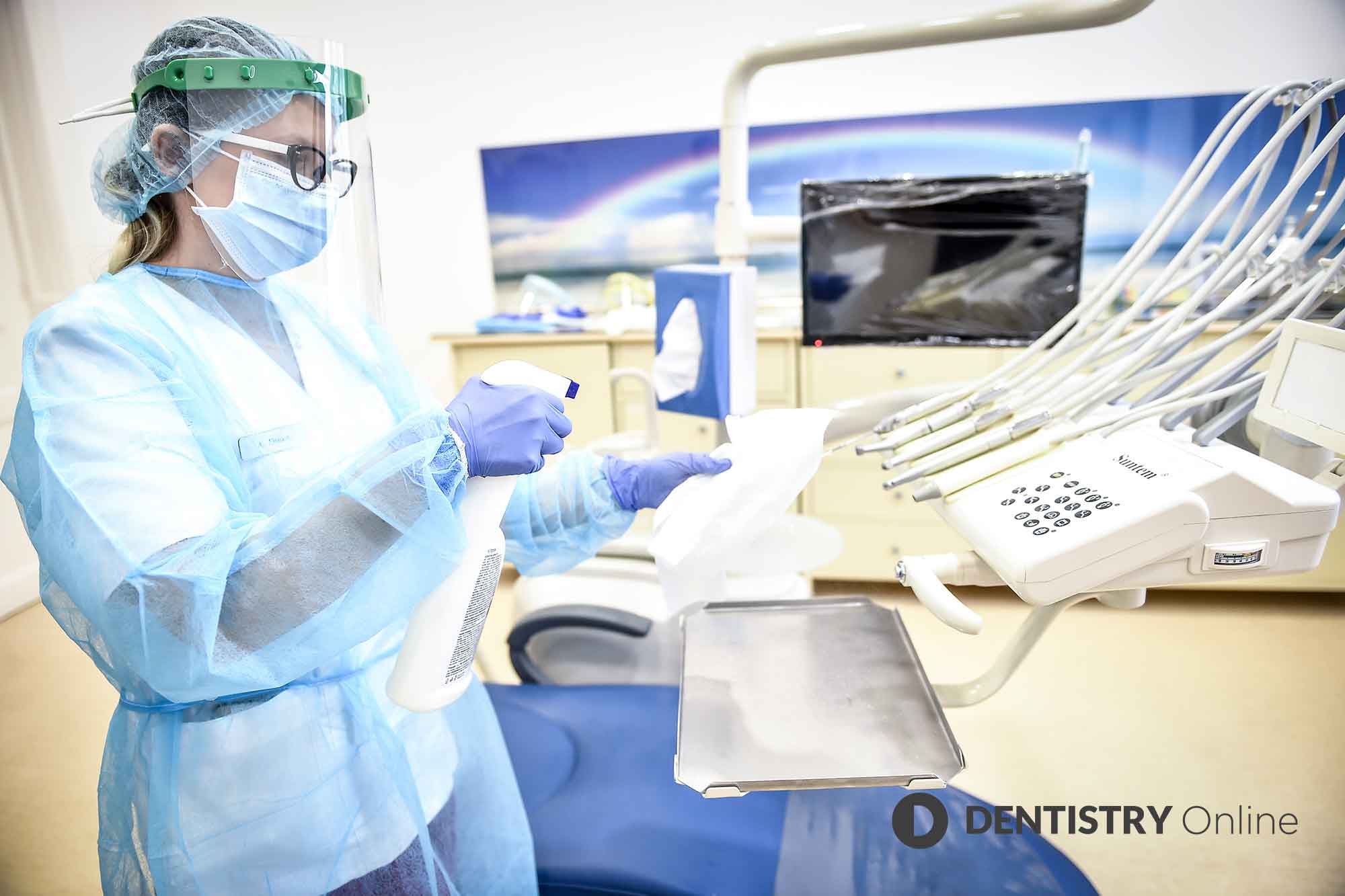A dental practice in Ohio operates under a critical mandate: to ensure patient health and safety above all else. The nature of dental work creates a unique environment where bloodborne pathogens, saliva, and aerosols are present. These elements pose a significant risk for cross-contamination if not managed with extreme precision.
Standard cleaning protocols are insufficient to meet the strict infection control standards required in healthcare. This is not merely about appearance; it is a fundamental aspect of clinical responsibility. Engaging specialized commercial cleaning services Ohio that understand these protocols is not a luxury; it is a necessity for patient and staff safety. This article will detail how professional cleaning is a frontline defense against cross-contamination.
Adhere to Strict OSHA and CDC Guidelines
Dental practices must comply with rigorous regulations set by OSHA and the CDC in Ohio. These guidelines dictate specific protocols for disinfecting clinical contact surfaces. Professional cleaners trained in healthcare environments understand these standards intimately.
They use EPA-registered hospital-grade disinfectants effective against a broad spectrum of pathogens. Their methods ensure every cleaned surface meets the required contact time for the disinfectant to work. This compliance is non-negotiable for passing inspections and protecting the practice from liability.
Implement Color-Coded Cleaning Systems
A key strategy for preventing cross-contamination is the use of a color-coded microfiber system. Different colored cloths are assigned to specific zones within the practice. For example, red may be used for bathrooms and blue for operatory surfaces.
This system prevents using a cloth from a restroom on a dental chair. Professional services in Ohio implement and strictly enforce this protocol. It eliminates a primary vector for moving pathogens from one area to another.
Utilize Advanced Equipment and Techniques
Professional cleaners bring industrial-grade equipment that surpasses typical consumer tools. HEPA-filtered vacuums are essential as they capture microscopic particles instead of recirculating them into the air. This is crucial for maintaining air quality after procedures that generate aerosols.
Many services in Ohio also employ electrostatic sprayers for disinfectant application. This technology ensures solution droplets wrap around and coat surfaces evenly. This provides complete coverage of complex shapes like chair bases and computer equipment.
Establish Clear Separation of Clean and Soiled Areas
The flow of clean and soiled materials must be meticulously managed to prevent crossover. Professional teams establish and maintain a clear separation between these zones. This includes managing the disposal of regulated health-care waste in designated, labeled containers.
They ensure clean supplies and sterilized instruments are stored away from potential contamination. This disciplined approach to zoning is a core principle of infection prevention. It safeguards both patients and dental staff from exposure to harmful organisms.
Provide Documentation and Verification
A professional cleaning service in Ohio provides detailed documentation of its protocols and products. This paperwork is vital for demonstrating compliance during audits or inspections. It offers peace of mind that the practice’s infection control measures are verifiable and robust.
This documentation includes safety data sheets for all chemicals used. It also outlines cleaning checklists and frequencies for each area of the practice. This record-keeping is an integral part of a complete risk management strategy.
Ultimately, a dental practice’s commitment to patient safety is measured by its infection control standards. Professional cleaning is not a support service but a critical clinical defense, directly protecting everyone who enters the practice. Selecting a specialized provider for commercial cleaning services Ohio is fundamental for dental professionals upholding their professional obligation to patient safety. This investment ensures the highest standard of safety, fostering trust and well-being for both patients and staff.




